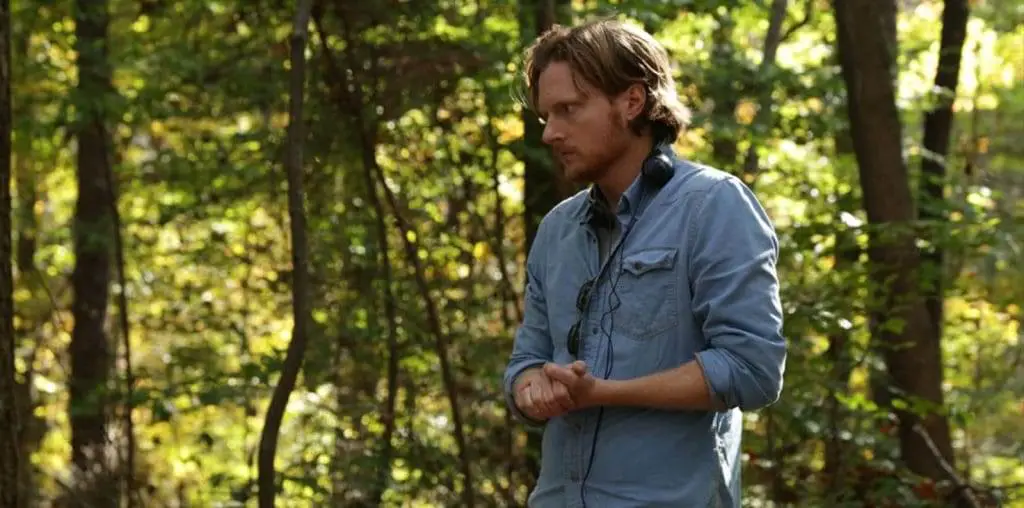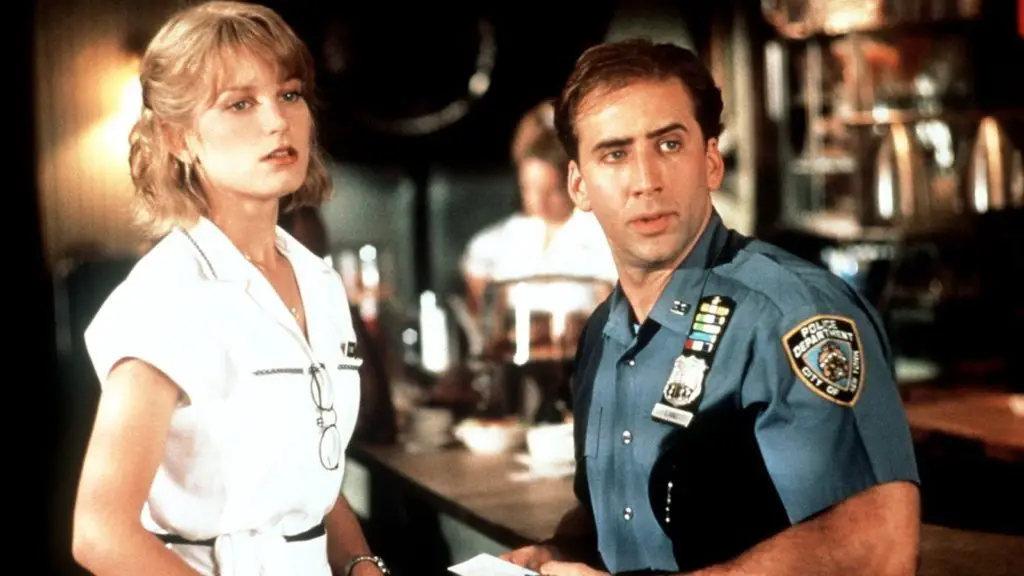
THE BOOTLEG FILES: “Lost Horizon”
BOOTLEG FILES 125: “Lost Horizon” (1973 musical starring Peter Finch and Liv Ullmann).
LAST SEEN: We cannot confirm the last public exhibition.
AMERICAN HOME VIDEO: On laserdisc only in 1992.
REASON FOR DISAPPEARANCE: A poor reputation.
CHANCES OF SEEING A DVD RELEASE: Not likely.
BOOTLEG OPPORTUNITIES: Unauthorized DVDs based on the laserdisc release are easy to find on eBay.
Before the 1973 musical version of “Lost Horizon” opened, the film was pegged as a prestige production. Its Hollywood premiere attracted movie royalty and even Governor Ronald Reagan returned to his Tinseltown roots for the event. In London, the film was selected for the annual Royal Command Performance
But then “Lost Horizon” opened and the savage reviews destroyed the film’s credibility. Wise and witty critics ranging from Pauline Kael to Judith Crist to William Wolf tore the film apart with extraordinary verbiage, though I must admit my favorite pan of “Lost Horizon” belonged to my mother, who took me to see the film at the UA Valentine Theatre on Fordham Road in the Bronx. Said my Ma: “I felt like dancing out of the theatre!”
More recently, though, “Lost Horizon” has seen a different level of commentary. Via the Net, many people have come forward to express how much they enjoyed the film – either from those who genuinely adore the production or those who get a guilty camp giggle from its excesses. Even Bette Midler got into the act, quipping in her divine style: “I never miss a Liv Ullmann musical.”
So who is right? Was the film the turkey deserving of a roast, or is it the lopsided gem that the world never appreciated until now. The answer is: neither.
“Lost Horizon” is not the jaw-dropping catastrophe that many people insist it is, nor is it the camp classic that generates therapeutic cynicism for its audience. It is actually more of a sincere but inert bore, a good idea that went nowhere strictly because it lacked the imagination to fly. The film is not the assault on the intelligence that one associates with musical monstrosities such as “Mame” or “The Wiz,” nor is it the unwatchable emetic experience of charmless misfires like “Darling Lili” or “The Best Little Whorehouse in Texas.” What emerges is a film with the right conceptual pedigree but the wrong genetic equation. Or to be culinary in our analogy: the right ingredients in the wrong pot that no one bothered to heat.
“Lost Horizon” is based on the James Hilton which was first adapted for the screen in 1937 by, of all people, Frank Capra. The film was a significant artistic and financial failure for Columbia Pictures, owing in large part to the problems with Hilton’s inanely utopian text (it read well as a story, but did not translate into motion pictures), the art direction (the film’s depiction of the Himalayan paradise Shangri-La looked sort of like Thomas Jefferson’s Monticello on steroids) and Capra’s inability to bring his trademark style to this unlikely endeavor. Although not well received in its day, time was kind to the Capra film and it eventually earned a belated classic status.
By 1973, Columbia Pictures still owned the screen rights to the Hilton text and decided to adapt it into a musical. This was not a bad idea, since musicals were still a potent force at the box office: “Fiddler on the Roof,” “Cabaret,” “1776” and various Disney endeavors were packing cinemas.
All of the right players were brought in: producer Ross Hunter, who flew “Airport” to major box office success; director Charles Jarrot, who helmed the acclaimed dramas “Anne of the Thousand Days” and “Mary, Queen of Scots”; Larry Kramer wrote the screenplay, remaining fairly faithful to the original text; legendary choreographer Hermes Pan tied his shoelaces and prepared the dance numbers; and tunesmiths Burt Bacharach and Hal David, who penned pop hits for the likes of Dionne Warwick and Dusty Springfield. Neither lady was asked to be in the film, but major performers such as Peter Finch, Michael York, Liv Ullmann, George Kennedy, Sally Kellerman, Olivia Hussey, Charles Boyer and John Gielgud were cast.
Okay, that’s where the film made its first boo-boo happened. The name cast was noticeably shy of musical stars. Even when the stars agreed to have their songs dubbed by professional singers (Finch, Ullmann and Hussey were covered in this manner), they couldn’t quite master the process of lip-synching. Peter Finch’s songs were actually shot as internal monologues, with the Australian star looking around pensively while the soundtrack fills with his dubbed singing voice.
Liv Ullmann, in a 2001 interview with the British newspaper The Guardian, recalls the production with good humor: “Well I knew that I couldn’t dance and I couldn’t sing…I did say that to them and they said, ‘Oh, it doesn’t matter, you’re so sweet and so charming, we’ll work around it.’ So somebody sang my voice and then I danced, and that looked kind of stiff and strange, but what I said was true. It was my first time in Hollywood and I believed everything they said, and they said every woman in Hollywood wants to do your part in ‘Lost Horizon,’ and I believed that too. I lived in this incredible house with this swimming pool and my friends came over, and the bathroom in the house was like, like this whole room! It was fantastic! Give that to any 31-year-old from Norway and they will think that it’s the greatest time in their life.”
She may have had the time of her life, but audiences watching her performance as a free-spirited teacher romping about a Himalayan playland with a troop of bratty kids were left puzzled. Even if Ullmann was no rival to Julie Andrews, the Bacharach-David score was strangely banal and forgettable. But even then, there was another puzzle: “Lost Horizon” never gets to its first musical number until 40 minutes into the movie. And then, the songs don’t stop.
Actually, the film has one genuine musical performer: Bobby Van, who plays a nightclub entertainer that is brought to Shangri-La along with a motley collection of Americans and Britons. Van’s obnoxious personality is highlighted with the ridiculous song “Question Me An Answer,” where he celebrates stupidity before Ullmann’s class. He ends the number by tapdancing off a bridge into a shallow creek.
The musical numbers in “Lost Horizon” created much derision when it was first released. A paean to family values called “Living Together, Growing Together” (performed by James Shigeta in his most substantial role since “Flower Drum Song” in 1961), was particularly knocked for its simplistic lyrics: “Start with a man and you have one / Add on a woman and then there’s two / Add on a child and what have you got? / You’ve got more than three, you have what they call a family.” (Clearly, Rosie O’Donnell didn’t live in Shangri-La.) The film also offered a “fertility dance” sequence with musclemen in thongs scampering about to music. That sequence, along with 23 minutes of songs, was cut after the film’s disastrous premieres in Hollywood and London.
By 1978, “Lost Horizon” was so deeply embedded in the world of bad cinema that it was part of the infamous book “The Fifty Worst Films of All Time.” Yet over the following years, word-of-mouth whispering about the film began to grow…and in a positive way. Many people insisted the film wasn’t really all that bad. Some people were so far as to praise it. The site CoolCinemaTrash.com even boldly dubbed it a “cult film legend.”
In 1992, “Lost Horizon” made its home entertainment debut on laserdisc via the Pioneer label. The film was presented with what remained of its deleted footage: three songs (“I Come To You,” “If I Could Go Back,” and “Where Knowledge Ends, Faith Begins”) were restored, although the footage was not pristine and clearly stood out from the rest of the production. Two reprises of “Living Together, Growing Together” and the fertility dance number were not located and most likely were intentionally destroyed, so the film remains incomplete. However, this release did not include VHS video, and it subsequently went out of print as laserdiscs lost their popularity.
“Lost Horizon” turns up occasionally on cable TV, but most bootlegs today are based on the Pioneer laserdisc. They are very easy to find on eBay, which is odd given that site’s mania for stamping out the sale of bootlegged material.
But in all honesty, you won’t find a so-bad-its-good flick or a cult classic in “Lost Horizon.” It is just a dull, forgettable and none-too-special effort – neither very bad nor particularly memorable.
____________________________________________________________
IMPORTANT NOTICE: The unauthorized duplication and distribution of copyright-protected material is not widely appreciated by the entertainment industry, and on occasion law enforcement personnel help boost their arrest quotas by collaring cheery cinephiles engaged in such activities. So if you are going to copy and sell bootleg videos, a word to the wise: don’t get caught. The purchase and ownership of bootleg videos, however, is perfectly legal and we think that’s just peachy! This column was brought to you by Phil Hall, a contributing editor at Film Threat and the man who knows where to get the good stuff…on video, that is.
Discuss The Bootleg Files in Back Talk>>>


wow! It’s a wonderful film… I think that has considere made the remake of lost horizon on DVD… please, please, please
Lo these many years later, Sony has finally made the remake of LOST HORIZON available on DVD — with the fertility dance restored, even! http://amzn.to/uHrxU3
Excellent and informative article. Good perspective on a badly flawed, yet potentially heartwarming concept. Sometimes, it’s best to see beyond the production itself, to appreciate the concept and intent. One can cynically claim that Hollywood attemps to profit from (and ultimately to debase) handsome literature. But behind many cold suit exteriors lie artists and visionaries. Many times, the real desire is to make enough money that the creative process can be self-sustaining in its attempt to enrich and elevate its audience.
I remember this film because I grew up in a family that watched musicals, even my dad, who was sports mad. However, I remember thinking this was the worst musical I had ever seen because I was so bored by it. Years later I tried to watch the film again and fell asleep only waking up in time to see Michael York fall to his death. It could have been so great but it seriously lacked imagination and had horrible choreography.